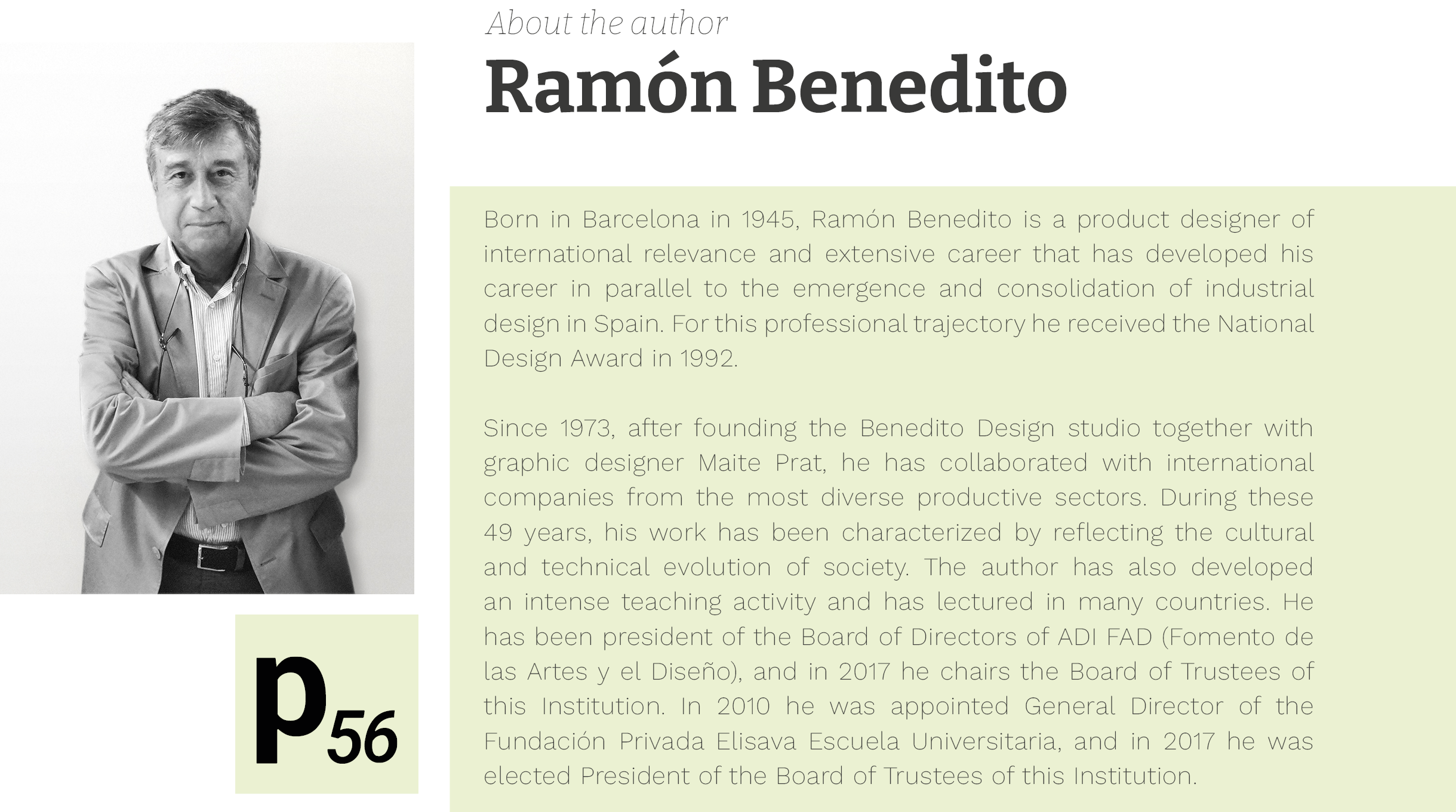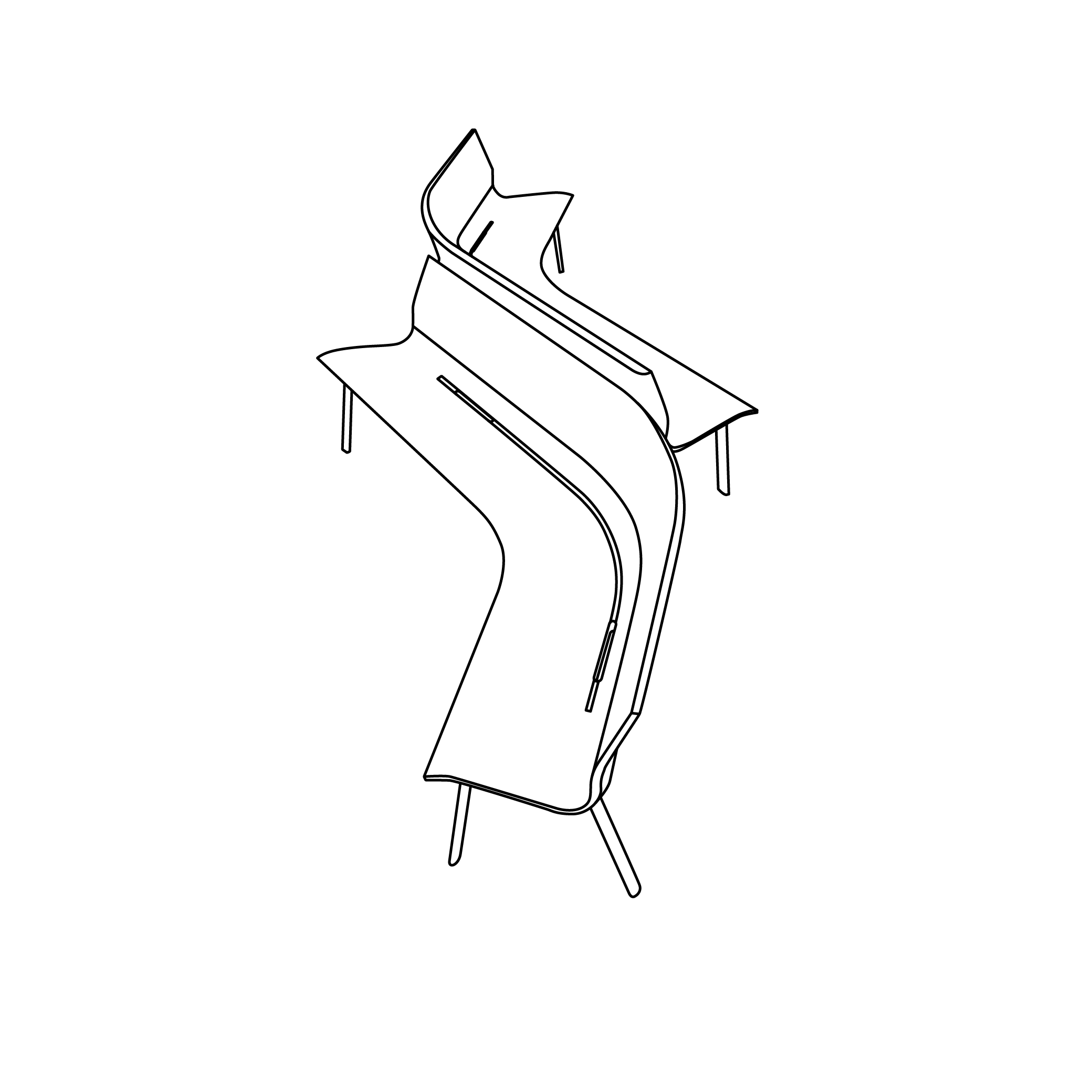Engineering and design in a global environment

The teaching of Industrial Design and Product Development Engineering must adapt to the needs of a modern society and must consider, as a priority, one of the most transcendent requirements of the 21st century: the global environment and the new forms of perception. It is in the working world of the 21st century, in which the only certainty will be the need to adapt and, from time to time, reinvent oneself, that the professional practice of designers and engineers undergoing their training will develop. A context in which new forms of communication, new business opportunities, the possibility of transcending the geographical scope, the incorporation of new technologies and new materials, networking, multidisciplinary work, the means of dissemination and international marketing, and cultural crossbreeding are, among others, some of its hallmarks. It is essential to prepare and understand this broad framework, and to contribute value to this global environment is a requirement of our time that will allow them to be prepared to face, in the same way, the challenges represented by the local environment and thus generate direct impact on our society.
In the innovation associated with the generation of new products, the challenge of objects arises as a consequence of the discovery of new needs and functions, of new utilities. It is a matter of giving form to the unknown, but avoiding absolute estrangement between these new forms and the cultural patterns of the user. It is necessary to focus on the knowledge needed to generate universally applicable concepts. Interaction, functional efficiency and communicative aspects of form are priority requirements.
It is essential to be aware of success and failure, and to foresee the logical evolution; it is a matter of knowing the history of the products in order to build a present with future validity. Never before has there been such an exhaustive and documented level of information that allows us to study in detail the concepts, intentions and outstanding achievements in the field of design, both in terms of professionals and companies, products and services. This knowledge must be extended to the international sphere because only in this way will it be possible to act with solvency to give meaning to the concept of proximity, which is so necessary in our sustainable present. Although today, in the context of industrial production, we find commercial strategies that promote destructive engineering, planned obsolescence and permanent dissatisfaction, we must consider that in a circular economy environment we must tend to precisely the opposite, to permanent satisfaction. The aim is to design quality products that, without renouncing functional and economic criteria, incorporate a global dimension theory that allows them to compete internationally by increasing the quality of the artificial landscape, while at the same time achieving durability over time and making their use a pleasurable experience.
Reality is imposing itself, and when today we need technical assistance, we find that the engineers and technicians who were so helpful in the past, are replaced by anonymous departments that are only available through e-mails. Requests must be reformulated to suit this context, but considering that the answers and solutions are highly complex and that, in this global environment, the era of the local customer is over, the manufacturer is no longer local and the neighborhood model maker is no longer competitive. Today, customers, prototype construction, software development, production and promotion networks are spread all over the world. This is a cocktail that is difficult to manage unless rigor is applied as a method. Due to time, logistics and economic constraints, excellence must be sought in the definition of the project, and it is a requirement to ensure that the information provided is accurate: it is essential to interpret the complexity of the process.
It should be borne in mind that, in this global environment, the designer’s documentation, i.e. files with representations, graphic documentation and memories are the contract that binds the designer/client/suppliers. The information protocols that are generated and the international standards of representation must be studied in depth. The clarity of the documentation issued must be unquestionable, precise and rigorous, and the definition of the dimensional and constructive aspects must be impeccable. The investment of resources and time involved in introducing a product to the market requires the designer to constantly strive for perfection.
In conclusion, it is useful to recall Tzvetan Todorov’s reflection on literature: “If today I ask myself why I love literature, the answer that instantly comes to mind is: because it helps to build a better society. Literature broadens our universe, invites us to imagine other ways of conceiving and organizing it, and opens windows to experiences, invites us to understand and to imagine”. We can substitute literature for design and it is an apt analogy.

